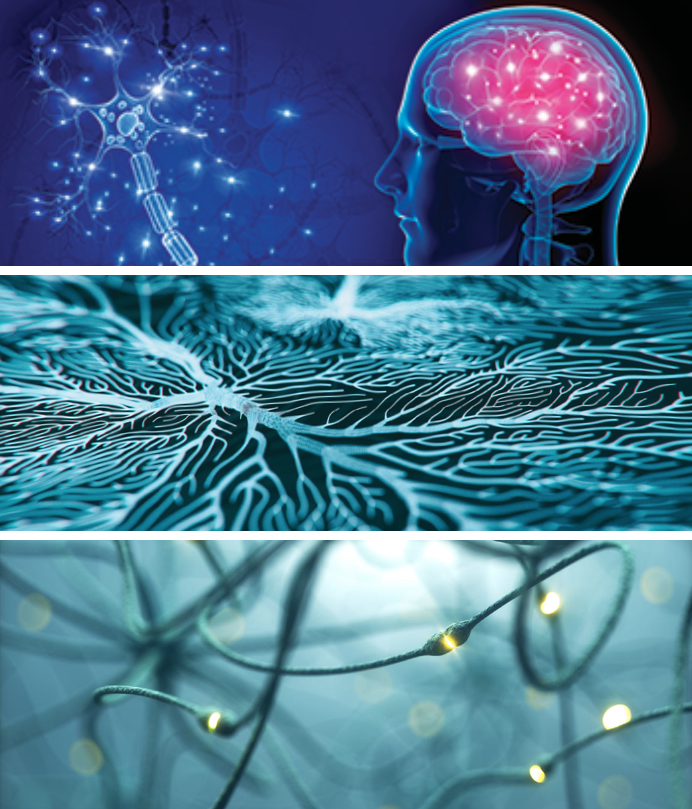The three vectors driving the future of OCD treatment and discovery.
— Vector 1 —
Actionable Genetics
The biological blueprint of disease probability.
What it is
Actionable genetic breakthroughs are transforming therapeutic potential across a variety of diseases from Alzheimer’s to Parkinson’s to Autism by narrowing discovery around specific gene mutations or genetic markers that lead to a particular disease. Recent breakthroughs in the areas of Tourette’s syndrome and Autism, both neuropsychiatric diseases that present overlapping symptoms with OCD, offer a proven path of inquiry, trusted scientific methods and data, and a beginning hypothesis to accelerate the discovery of genetic mutations and markers that contain the ‘source code’ for developing OCD.
Why it Matters
Discovering the underlying genetic cause that increases the probability of developing OCD will help us achieve two objectives:
Better Animal Models
It will help us develop more powerful animal models that simulate OCD behaviors and allow us to test and verify specific circuit activity.
Targeted Therapies
It will help us refine anatomical targets for administering Transcranial Magnetic Stimulation (TMS) and Deep Brain Stimulation (DBS), achieving greater efficacy.



